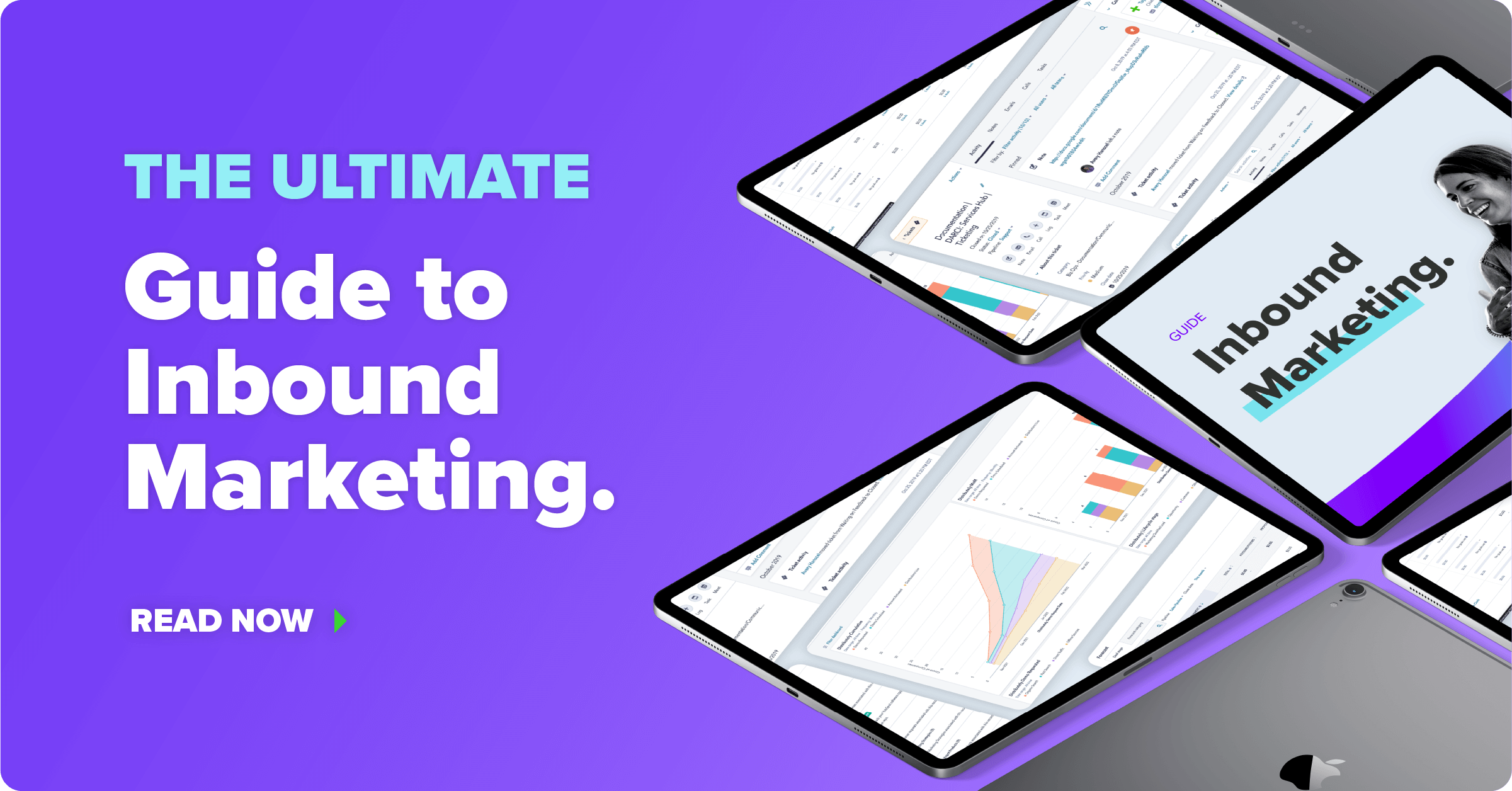4 Reasons to Invest in Inbound Marketing Now
-2.png?width=1082&name=unnamed%20(2)-2.png)
Leveraging inbound tactics to attract prospects instead of intruding into their lives is no longer a differentiator; it’s the norm.
However, the large amount of inbound content you’ll have to compete with shouldn’t prevent you from embracing the strategy as well. Inbound’s popularity stems from its effectiveness.
To see maximum benefits from inbound, you have to fully invest in the methodology. If you just start blogging because you know inbound marketing involves blogging, it’s not going to work. Creating effective content requires writing content that touches on your buyer personas’ pain points and promoting that content on the channels where your personas will find it. Otherwise, you're not going to get see ROI from your time and effort.
You need to use inbound to highlight what you do differently from your competitors and build a narrative about how you can help your prospects. Inbound gives marketers more control over how their company is perceived. With outbound, you’re relying on all the individual members of your sales team to consistently deliver the same messaging — companies with a solid sales culture can do that, but there are a lot more variables at play. Instead of hoping a single outbound sales call leaves the prospect with the intended perception, inbound places that responsibility with a team of expert content producers.
Inbound Has Higher Long-term ROI
Any form of marketing you do will require an investment, whether that’s paid, outbound or inbound. However, the investment you make in inbound is primarily time, not money. Plus, you’re not beholden to a specific platform like a search engine or a publication, which gives you more control over how you invest that time.
Furthermore, the time and resources you invest in inbound will provide benefits for you much longer than outbound or paid. 53% of marketers believe that inbound marketing gives them higher ROI; only 16% said the same of outbound.
Investing in inbound is like paying a mortgage, and investing in paid tactics is like paying rent. Both provide value in return for what you pay each month, but when you stop paying for paid tactics, you’ll stop seeing results.
Once you invest in inbound, it’ll continue to drive returns for you — even if you stop devoting resources to creating inbound content. You may not see your ROI accelerating like it would if you continued increasing your use of inbound tactics, but it won’t completely drop off like the returns of paid strategies when you stop paying.
Inbound Creates a Foundation for Future Growth
If you need to generate customers immediately, implementing an inbound strategy won’t be able to help you. But, if you want to leverage a marketing strategy that will benefit you now and into the future, then inbound is the best option.
You’ll get better-fit customers through inbound methods, and as long as you’re targeting people and pain points your company can help, those customers will have a lower churn rate and be more likely to become advocates for your brand and generate new business for you later on.
Once you start inbound and give it time to take off, you’ll be able to look back and see the work you invested paying off. How quickly you see results from inbound will vary depending on your industry, keywords, market and other marketing efforts.
At New Breed, it can take up to three months for our blog posts to start contributing to our marketing goals, but once they do, we see a long-lasting impact. Half of our 10 top performing posts in September 2019 were originally created in 2016 or earlier.
Inbound Gives You More Flexibility
If you need all of your available resources to run your current marketing efforts and those efforts are paying off, it can be hard to step away from what you’re currently doing to try something new. Instead of dwelling on the risk of changing up the status quo, think about the opportunity cost of not incorporating inbound into your overall strategy.
Inbound isn’t meant to completely replace what you’re currently doing from the onset; it’s meant to supplement your current efforts to position you better for long-term success. By not making that change, you’re missing out on the opportunity to accelerate your growth in the future.
Inbound gives you more flexibility in how you can distribute your resources across different tactics. Instead of having your success entwined with your paid spend, you can have the freedom to experiment with different channels and tactics.
If you only use paid and outbound methods, you don’t really have room to grow. Whereas if the majority of your leads come in through inbound methods and you hit a point that you need immediate rapid growth, you have the ability to start investing in paid.
Everyone Else is Doing Inbound, So They Can Help You Out
Inbound’s popularity shouldn’t deter you from adopting it. People are embracing the inbound methodology because it works, and because so many people are already using inbound, there are plenty of experts ready to help you out.
You can leverage your relationship with complementary companies to do co-marketing, which is one of the best ways to accelerate the results you see from inbound. You can also look at what your competitors are doing to help you identify where you should start.
Check out our Ultimate Guide to Inbound Marketing to learn how to start implementing an inbound strategy.
Guido Bartolacci
Guido is Head of Product and Growth Strategy for New Breed. He specializes in running in-depth demand generation programs internally while assisting account managers in running them for our clients.





